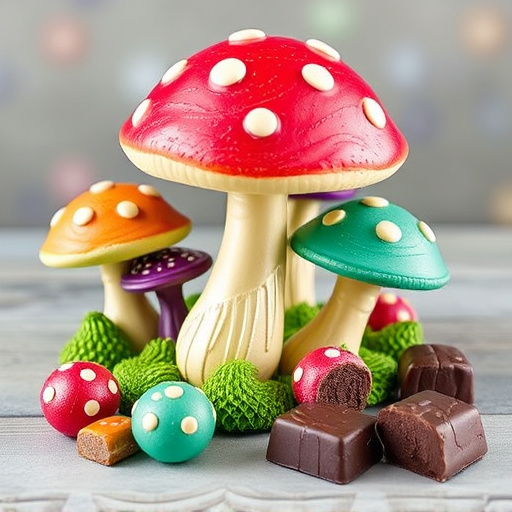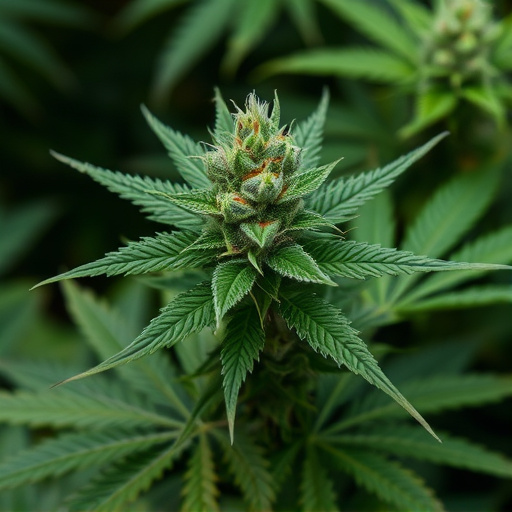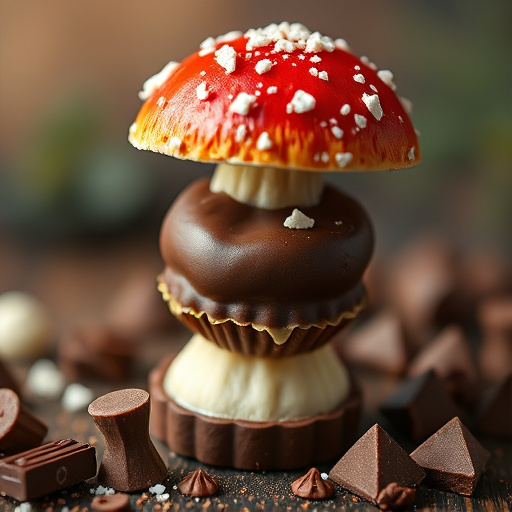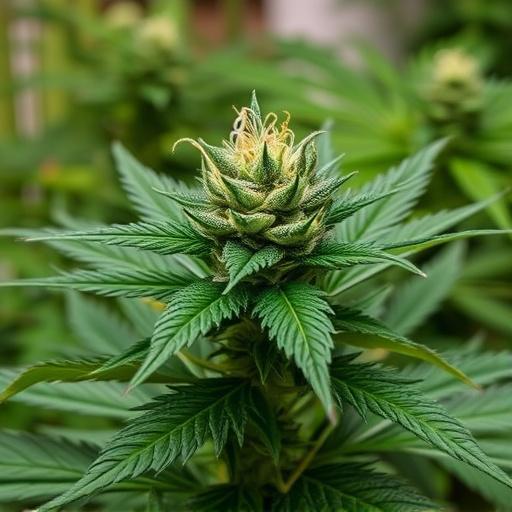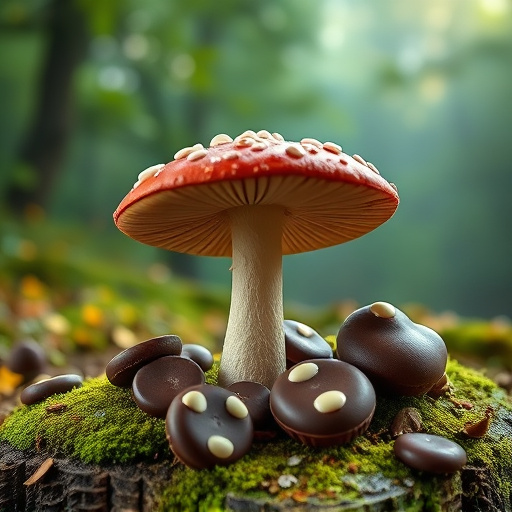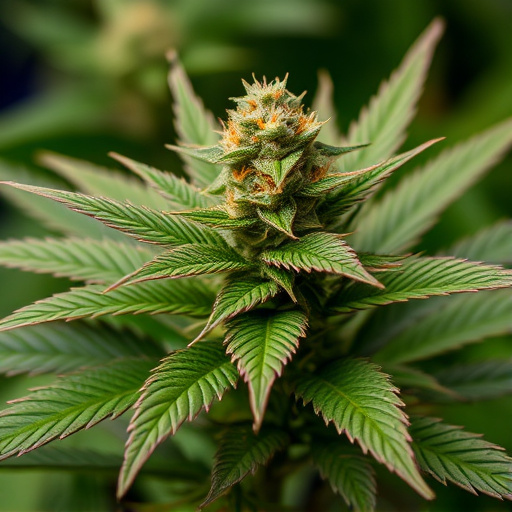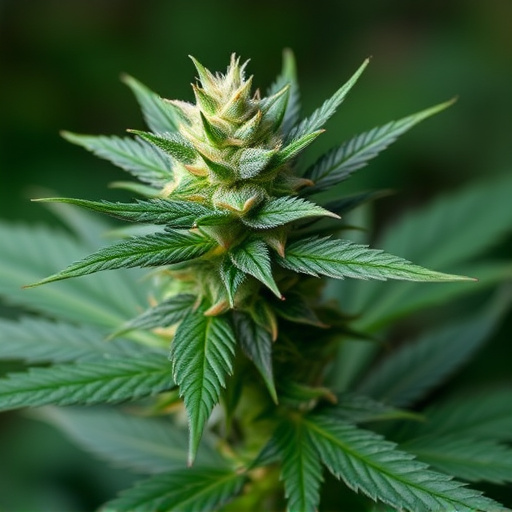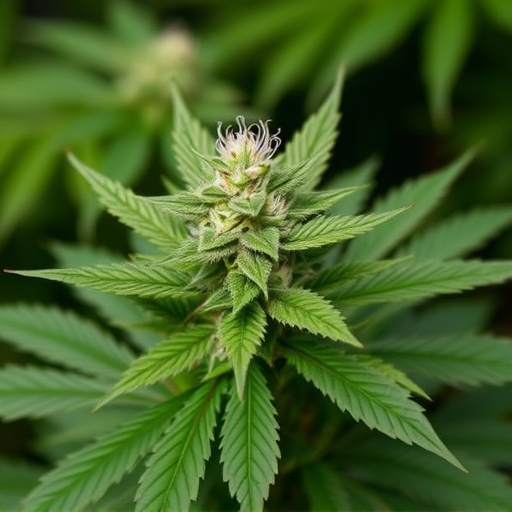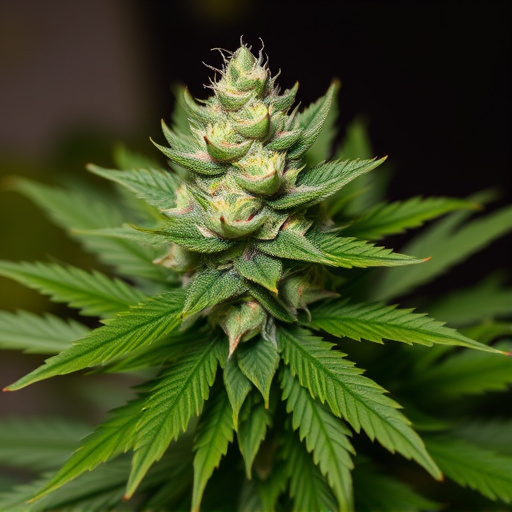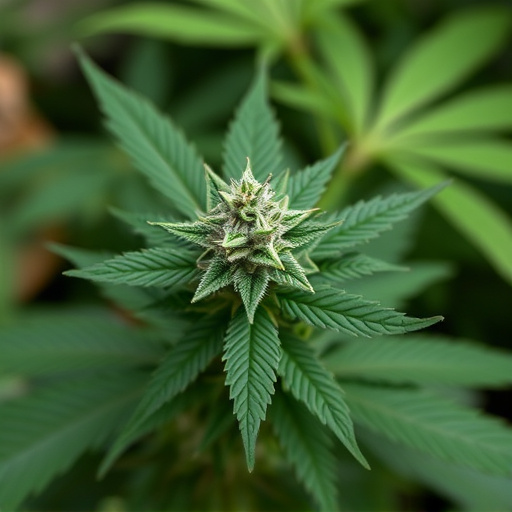Outdoor cultivation offers diverse terpene profiles and flavors due to natural sunlight, air, and elements, appealing for varied pain relief options among the best cannabis strains for pain. Indoor growing provides consistent effects but may limit natural diversity. Both methods have advantages: outdoor grows leverage natural resources for robust plants, ideal for potent Indica strains; indoor cultivation offers controlled environments, faster growth cycles, and year-round harvests with precise quality control for optimizing specific strains, including the best cannabis strains for pain. Optimal climate, light, and space conditions are key for healthy cannabis plants, as different strains have varying temperature preferences, require adequate space for stretching, and lighting influences energy production and therapeutic compound concentration, particularly in sought-after best cannabis strains for pain.
In the quest for optimal cannabis cultivation, the choice between outdoor and indoor environments is a delicate decision. Each setting offers unique advantages and challenges, impacting plant growth, yield, and quality. This article navigates the complexities, exploring factors like climate, light, and space, and delving into top cannabis strains renowned for their pain-relieving properties, with specific consideration to both outdoor and indoor cultivation. We also dissect critical considerations, from medical preferences to environmental impact and cost analysis, to help you decide which environment best suits your needs and yields the ideal ‘best cannabis strains for pain’.
- Outdoor vs Indoor Growth Environment
- – Discuss the pros and cons of each environment
- – Factors that influence growth (climate, light, space)
Outdoor vs Indoor Growth Environment

Outdoor cannabis plants benefit from sunlight, fresh air, and natural elements that contribute to their robust growth. This environment allows for a wide range of terpene profiles and flavors, making outdoor-grown cannabis particularly appealing to those seeking diverse options among the best cannabis strains for pain relief. The natural cycle of light and darkness, as well as varying temperatures, can produce a more complex cannabinoid profile, which research suggests may enhance therapeutic benefits.
In contrast, indoor cultivation provides a controlled environment that allows growers to optimize conditions for specific strains. This is especially beneficial for those seeking consistent effects from the best cannabis strains for pain management. Indoor growing enables precise temperature and humidity control, lighting adjustments, and pesticide-free environments, ensuring high-quality yields. However, the limited space and artificial light sources may restrict the natural diversity often found in outdoor-grown cannabis.
– Discuss the pros and cons of each environment
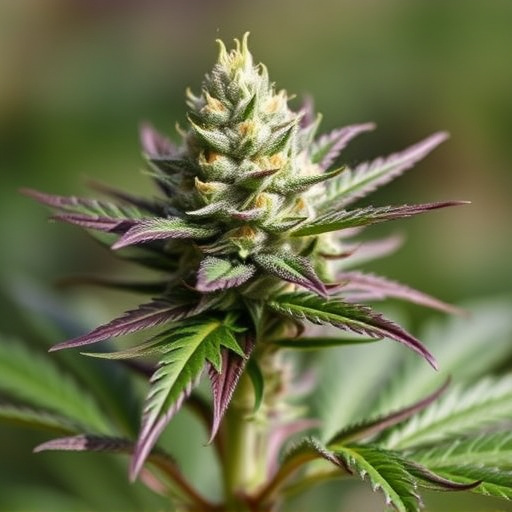
When it comes to cultivating cannabis, whether indoors or outdoors offers unique advantages and challenges. Outdoor cultivation allows plants to benefit from natural sunlight, fresh air, and often richer soil, which can result in robust, resinous flowers with a more complex aroma profile. It’s ideal for varieties known for their potent pain-relieving properties, like certain Indica strains, as the natural environment can enhance their therapeutic effects. However, outdoor growing is at the mercy of weather conditions, requiring careful planning and protection from extreme temperatures or precipitation. Pests and diseases are also more prevalent outdoors, necessitating regular monitoring and potential chemical interventions.
Indoor cultivation provides more control over environmental factors such as light spectrum, temperature, humidity, and nutrition, making it easier to cultivate specific strains known for their medicinal benefits, including best cannabis strains for pain. Growers can optimize conditions for faster growth cycles and higher yields. However, indoor growing requires significant upfront investment in equipment like lighting, ventilation, and grow media. Space constraints are also a factor, as plants need ample room to stretch their canopies. Despite these challenges, indoor cultivation allows for year-round harvests and more precise control over the final product’s quality and potency.
– Factors that influence growth (climate, light, space)
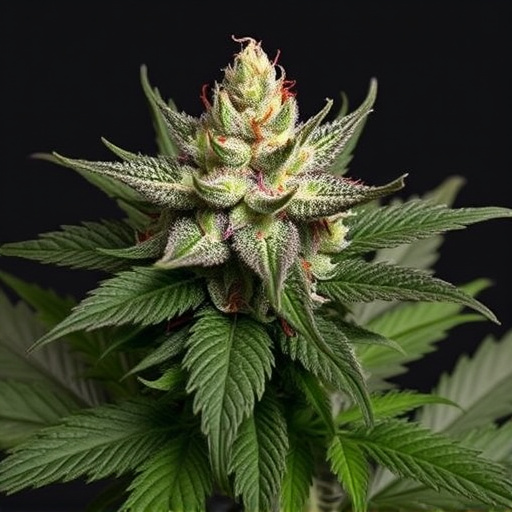
Cannabis plants, like any other, thrive when their basic needs are met optimally. Three primary factors significantly influence cannabis growth and quality: climate, light, and space.
Climate plays a crucial role in shaping the plant’s overall health and yield. Different strains have specific temperature preferences, with many preferring cooler environments. Ideal climates facilitate faster growth rates and promote the development of robust, aromatic plants. Space is also essential; adequate room allows cannabis to stretch its branches, ensuring maximum exposure to light and air circulation, which are vital for healthy growth, especially for the best cannabis strains for pain known for their potent therapeutic properties. Similarly, lighting conditions directly impact the plant’s energy production and the concentration of desirable compounds.
In the quest for optimal cannabis cultivation, understanding the nuances of outdoor versus indoor growing environments is key. Both have their advantages, with outdoor setups offering a more natural, sunlight-rich setting that can produce robust plants and some of the best cannabis strains for pain, known for their high THC levels and therapeutic properties. However, indoor environments provide control over climate, light intensity, and space, allowing for year-round cultivation and the ability to nurture specific strain characteristics. Ultimately, the “better” option depends on individual preferences, access to resources, and desired outcomes, whether seeking potent pain relievers or diverse cannabis varieties.

